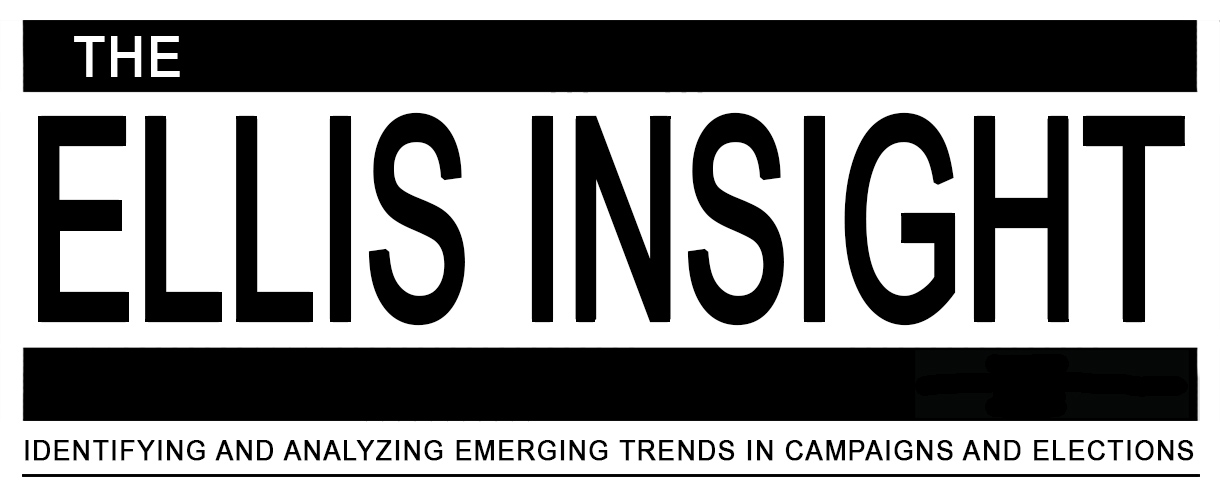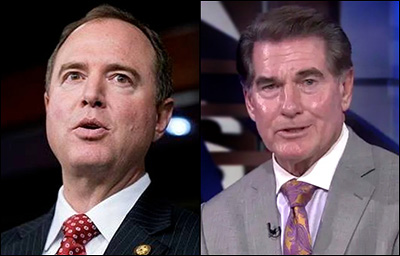By Jim Ellis — Monday, March 11, 2024
House
California state Assemblyman Vince Fong (R-Bakersfield) may win three elections in the coming weeks and months, but not have an office.Fong is running for the US House, attempting to replace resigned former Speaker Kevin McCarthy in their central California congressional district. On Super Tuesday, he placed first in the regular jungle primary and will advance into the general election. He was also on the ballot for state assembly and, as an unopposed candidate, advances to the general election. In about a week, on March 19, largely the same group of candidates will again go before the voters in the special congressional election to fill the balance of the current term from which McCarthy resigned.
Yet, even if he wins all of these elections, it is unclear that Fong can take office. When McCarthy resigned from the House, Assemblyman Fong had already filed for re-election to his current position and had been certified for the ballot. Fong attempted to file for the congressional office but was thwarted because in California candidates are prohibited from simultaneously running for more than one office.
The Secretary of State ruled that since he had already been certified as an Assembly candidate, Fong was barred from running for Congress. California is also one of the states that doesn’t allow candidates to withdraw from the ballot once certified.
Responding to the Secretary of State’s ruling, Fong challenged in court his banning from the congressional campaign and the judge ruled in his favor. Therefore, despite California not allowing candidates to run for offices simultaneously, he appeared on Tuesday’s ballot for both positions. The Secretary of State, Democrat Shirley Weber, then appealed the Superior Court judge’s ruling, hence creating more uncertainty surrounding Fong’s political status.
Secretary Weber’s position is not without merit. She was simply following the state law as it is written. Whether the appellate court agrees with the lower court ruling remains to be seen. Until they rule, however, the situation remains in a state of flux.
Therefore, the two Fong campaigns simultaneously move forward, and once Super Tuesday’s vote is finally certified, at some point within the next 35 days under the state’s election calendar, Fong will be on the general election ballot for both the US House and the California Assembly.
In 11 days, nine candidates including Fong will compete in the special congressional election. If one of the contenders receives majority support on March 19 the individual will immediately assume the office. If we have a plurality finish, which is likely because Fong, coming in first place on Tuesday within largely the same field as is featured in the special election, only received 37.5 percent of the vote (an estimated 60 percent of the ballots have been counted and recorded), a number far from the 50 percent majority threshold.
Second place is a tight contest between Republican Tulare County Sheriff Mike Bourdeaux and Democratic educator Marissa Ward and it is unclear at this point which will advance. Thus, almost nothing is certain in this district after most of the votes have now been counted.
If the special congressional vote follows a similar pattern, a runoff election will be held on May 21. At that point, the winner will assume the office and serve the balance of the current term.
Should Fong win the special election either on March 19 or in May, he would have to resign his assembly seat to assume the congressional position. This would further complicate matters for the general election because he would still be on the ballot for both offices if the appellate court hasn’t yet ruled.
Should the appellate court rule against him after winning the congressional special thus not allowing him to assume the office and does so after Fong resigns from the Assembly, he could be left without any office at least temporarily even after winning election to both positions.
Creating a vacancy in the assembly seat would then require Gov. Gavin Newsom (D) to call a special election to fill the balance of that particular term, but whoever wins the post would not be able to run in the regular election because the primary has already been held. Therefore, Fong, after winning his unopposed race for state Assembly in November, would have to resign for a second time.
Additionally, the person winning the assembly special election would then have to run in another special election to serve the succeeding regular term after Fong resigns again.
As you can see, filling California’s 20th Congressional District is becoming a much more complicated prospect than one normally sees for a vacated seat.





